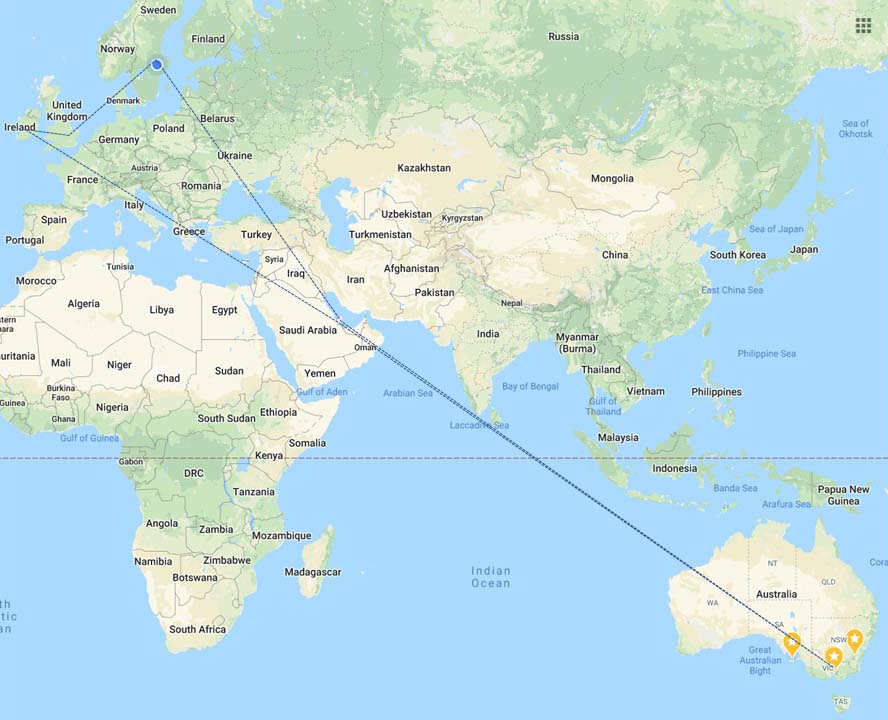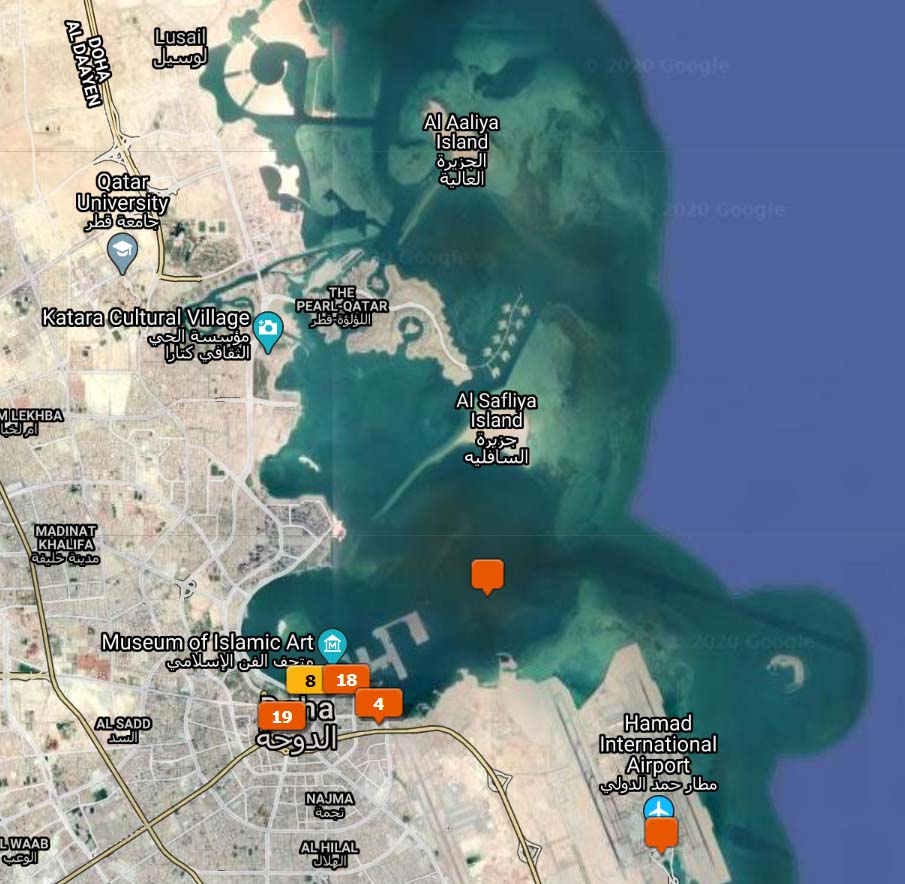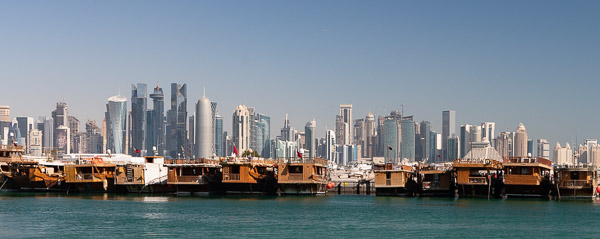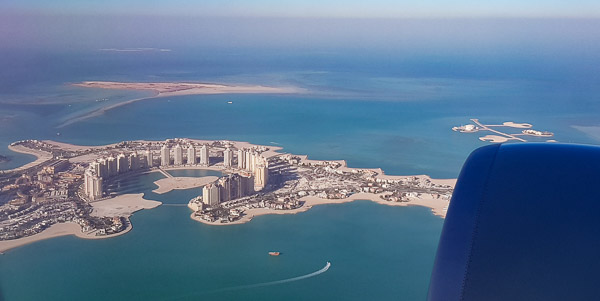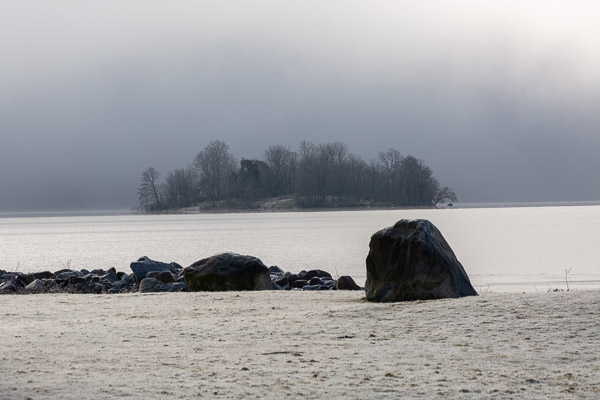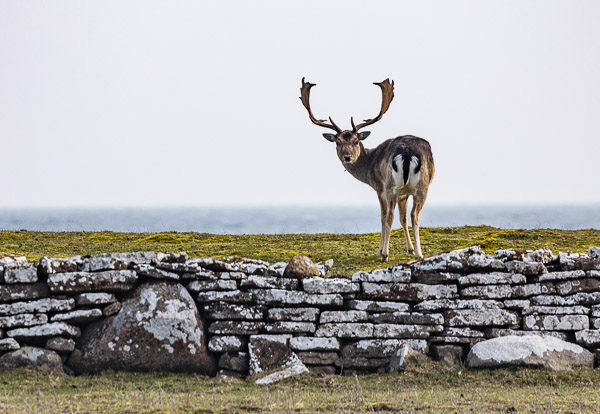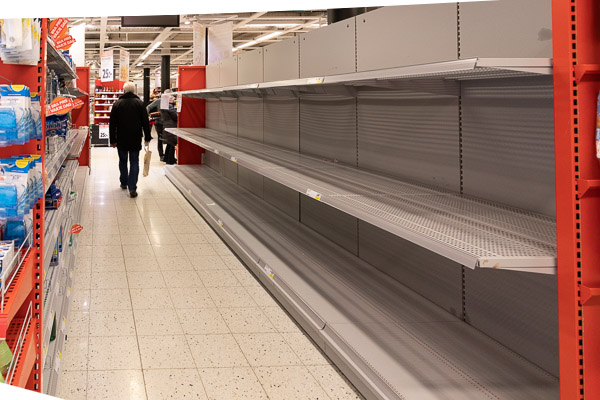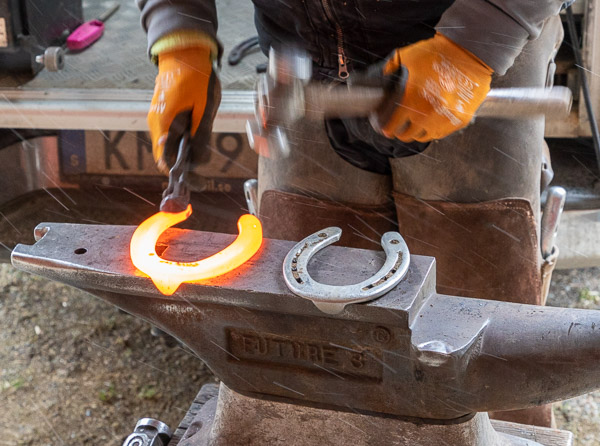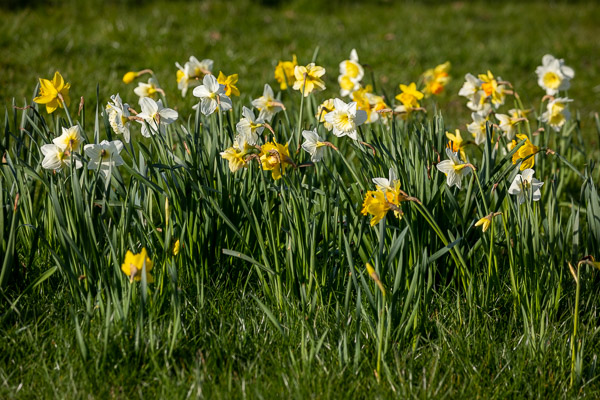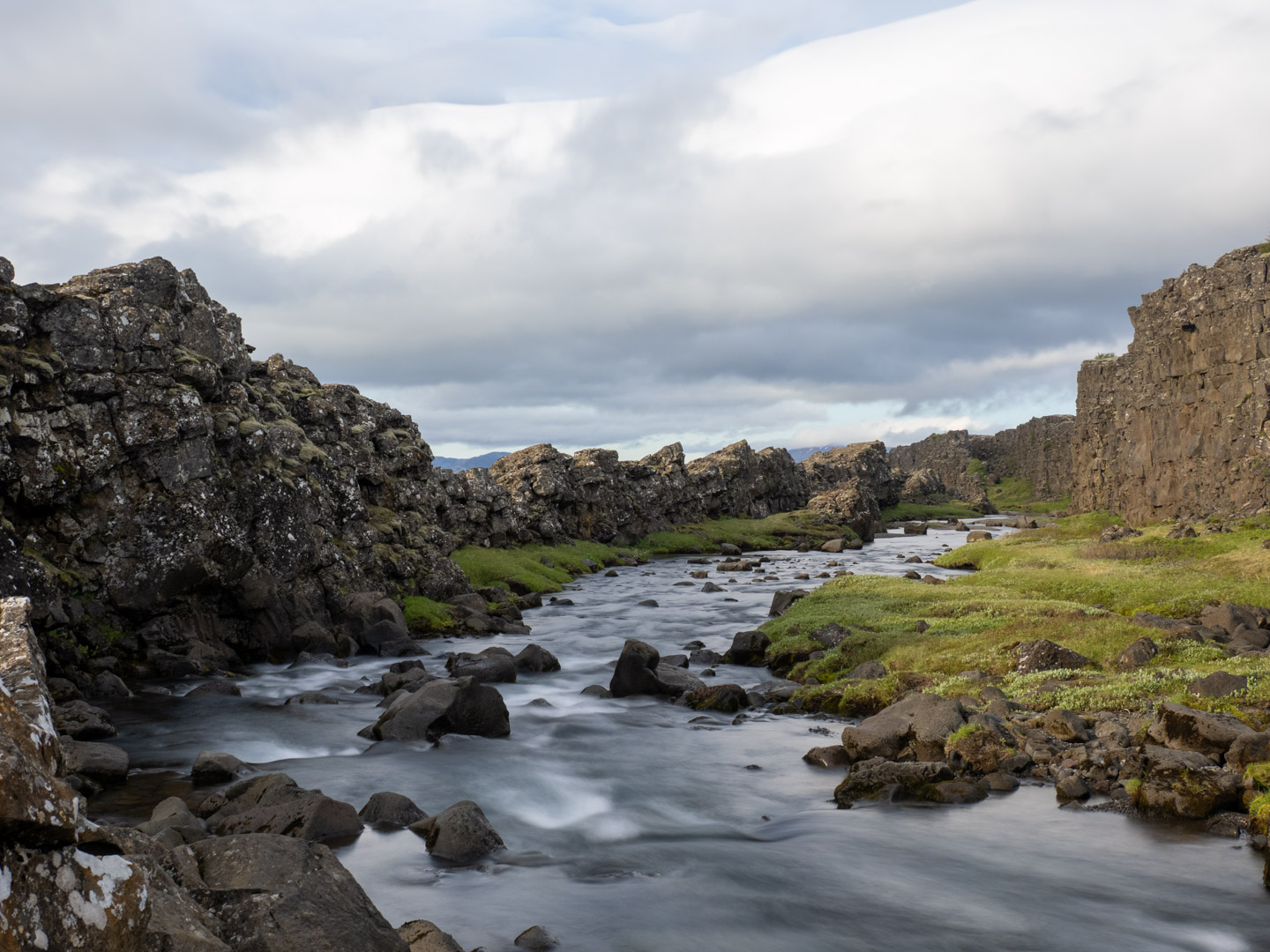Our plane arrived about 7 am,. Getting quickly through immigration, we collected our bags, and headed out into minus 2°C (a bit of a shock after > 30°C in Townsville and in Bangkok). We managed to catch the 7:55 am express bus to Västerås which headed east into the rising sun past snow powdered fields for the 1 h 20 min/110 km trip. Mia kindly collected us and took us home for a much needed rest.
We’re enjoying sharing time with family, exploring Vãsterås and generally unwinding. We’ve been kept busy so far. One evening was a Bandy competition. Bandy is a variant of hockey played on ice – it is much more like hockey than Ice Hockey. It is incredibly fast, and apart from the bit about getting the ball into the opposing team’s goal, we had little idea of the rules. But who needs rules – the excitement was clear. This was a darby with two local Vãsterås teams; “our” team, Tillberga Vãsterås were the underdogs, taking on VSK who recently won their 20th National Championship… but we won 3:2 much to the surprise/shock of VSK.
 Mia and family are keen on horses, so we went to the stables. These are somewhat different to what one thinks of in Australia, because of the extreme cold. There are huge heated barns with the horse stalls and equipment rooms and vast unheated barns that serve as exercise arenas, in addition to the paths outdoors in the snow. It was fun to watch the youngsters riding their horses. 2:30 PM, sun setting – time to go indoors.
Mia and family are keen on horses, so we went to the stables. These are somewhat different to what one thinks of in Australia, because of the extreme cold. There are huge heated barns with the horse stalls and equipment rooms and vast unheated barns that serve as exercise arenas, in addition to the paths outdoors in the snow. It was fun to watch the youngsters riding their horses. 2:30 PM, sun setting – time to go indoors.
 Walking round town I was surprised to see what looked like parking meters along one of the streets here, until I looked closer. They turned out to be power outlets. When you park your car on the street you plug in to the mains power which runs small heaters to keep the battery and oil from freezing so you can start your car when you return. Not a thing we worry about in Melbourne.
Walking round town I was surprised to see what looked like parking meters along one of the streets here, until I looked closer. They turned out to be power outlets. When you park your car on the street you plug in to the mains power which runs small heaters to keep the battery and oil from freezing so you can start your car when you return. Not a thing we worry about in Melbourne.

 Vãsterås is on Malaren, a huge lake that stretches from Stockholm and another 100 km further to the east, covering an area over 1100 square km. As Christmas approaches the surface is starting to freeze over. Soon the ice will be thick enough for skating. The local ducks are making the most of the few patches of free water, and in places they have bubblers that keep the water moving and prevent ice formation, so there are small clear patches for the birds.
Vãsterås is on Malaren, a huge lake that stretches from Stockholm and another 100 km further to the east, covering an area over 1100 square km. As Christmas approaches the surface is starting to freeze over. Soon the ice will be thick enough for skating. The local ducks are making the most of the few patches of free water, and in places they have bubblers that keep the water moving and prevent ice formation, so there are small clear patches for the birds.
There used to be a major shipping port here (with water access all the way to Stockholm and to several major regional centres around the lake), but road and rail have taken over. As in Melbourne, the port area is becoming developed with apartment blocks, oriented, by and large, so that there are at least some water views from most of the units.
 We’re a little late for the “…season of mists and mellow fruitfulness…” but the evidence of autumn are all around. Mia has a wheelbarrow of apples awaiting processing. Fortunately cool storage is easy here. The wheelbarrow is in the garage, hovering just above freezing. Trees around the streets are loaded with remnant fruit and with red and white berries, which the resident passerine birdlife are no doubt relying on to get them through the cold. It isn’t hard to see how bird migration to warmer climes from the northern winter has selective advantages.
We’re a little late for the “…season of mists and mellow fruitfulness…” but the evidence of autumn are all around. Mia has a wheelbarrow of apples awaiting processing. Fortunately cool storage is easy here. The wheelbarrow is in the garage, hovering just above freezing. Trees around the streets are loaded with remnant fruit and with red and white berries, which the resident passerine birdlife are no doubt relying on to get them through the cold. It isn’t hard to see how bird migration to warmer climes from the northern winter has selective advantages.
 Among the oddities of Vãsterås is a tree-house hotel, 13 m above ground in a huge oak. Hotel Hakspett (hotel woodpecker) as it is called was a concept of a local artist, and was available to rent in the summer. As far as facilities are concerned it is a little primitive. A small bed, a dry toilet and a balcony with lovely views of the park. One gets up to the room in a harness – hardly the most convenient, but it is differently a contrast to the normal hotel room. Alas, the tree has become insecure and the room is no longer available for rent. But there is another, underwater room by the same artist, out in the lake and available for summer guests.
Among the oddities of Vãsterås is a tree-house hotel, 13 m above ground in a huge oak. Hotel Hakspett (hotel woodpecker) as it is called was a concept of a local artist, and was available to rent in the summer. As far as facilities are concerned it is a little primitive. A small bed, a dry toilet and a balcony with lovely views of the park. One gets up to the room in a harness – hardly the most convenient, but it is differently a contrast to the normal hotel room. Alas, the tree has become insecure and the room is no longer available for rent. But there is another, underwater room by the same artist, out in the lake and available for summer guests.
More later. Photo Gallery so far is at: https://goo.gl/photos/yX21ne76vG6MUR6t7






















































